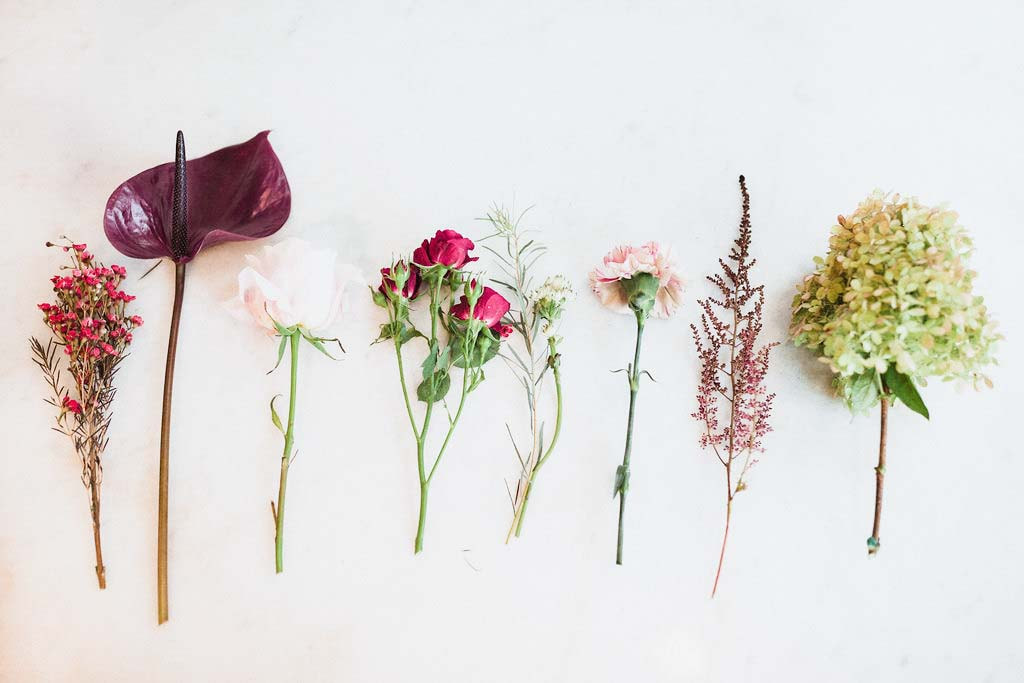Various Types Of Flower Delivery Service As Per Flower Seasons

Now more than ever, sending flowers to friends and family members from anywhere in the world is simple, thanks to the proliferation of flower delivery services in recent years. Decide on the same day the flower delivery service you want to employ when sending flowers. There are several options for flower delivery in Canberra, Australia that you can select. If you aren’t sure what kind of service you need, it’s a good idea to ask those you trust for suggestions.
Regular Florists and Their Delivery Services:
Sending flowers has typically been done through a local florist. If you have a specific vision for the bouquet you like to deliver, you can share your ideas with the florist, who will do their best to fulfil your wishes. Due to the florist’s time and effort, this delivery method may be more costly than others.
-
Online Flower Delivery Services
An online flower delivery service is worth investigating if you want to cut costs without sacrificing quality. It pays to research when looking for a company to provide online flower delivery in Mississauga. One disadvantage of ordering flowers online is that you cannot see the bouquet in person before it is sent.
-
Local Flower Delivery Services
You can also utilize a flower delivery service in your area to send flowers. If the person you’re sending flowers to happens to live nearby, this could be a terrific alternative because you won’t have to worry about the flowers withering in transit. You’ll still have to pay for the delivery driver’s time and gas, so this choice may be more expensive than ordering online and having the goods shipped.
-
International Flower Delivery Services
If you want to surprise your nearest one with flowers but they don’t live nearby, you might look into using an international flower delivery service instead of a local one. Although this type of delivery can be more costly, it is the only way to ensure that the flowers go to the right place.
Types of Annual Flowers:
To put it simply, annuals are a group of plants that complete their life cycles (from seed to flowering to death) in just one growing season. Annual flowers need to be replanted each year to enjoy their vibrant hues year after year.
-
Pansies
Pansies are one of the most beautiful and widely available early-blooming flowers due to their enormous, colorful petals. Although pansies bloom throughout the year, they are not winter-hardy and typically die back as temperatures drop. It is not uncommon to see common pansy varieties with three-tone petals in vivid coolers like purple, blue, and yellow.
-
Primrose flowers
The primrose, which blooms in early spring and is known for its vibrant yellow, red, or purple petals, is another popular type of flowering plant. Many gardeners cultivate primrose as annuals despite the existence of perennial primrose varieties. Wild primroses are typical in wooded areas, along coastlines, and in abandoned lots. They are also beautiful when grown in containers on a patio or balcony.
-
Snapdragon flowers
Despite being classified as a perennial plant, annual cultivation has made snapdragons a popular choice due to their attractive blooms. The reason is that they cannot withstand the cold and die off throughout the winter. In June, a garden can look like a sea of color when snapdragons bloom. The colorful, trumpet-shaped blooms of the Snapdragon plant, which grows on long, leafy stalks, are topped by a conical bud.
-
Geranium flowers:
Geraniums, with their many different types, are one of the most widely grown summer flowering plants. Although geraniums are typically treated as annuals, these plants can be treated as perennials in warmer climates. Petal hues of red, orange, purple, white, and pink are the most typical for geraniums. Geranium blossoms include five elongated petals connected by veins.
-
Begonia flowers
Begonias are a type of annual flowering plant that blooms from the spring through the fall and enjoys widespread acclaim. Begonias are lovely since they bloom throughout the year, no matter the season. Because of their poor winter hardiness, gardeners typically treat begonia blooms as annuals rather than perennials.